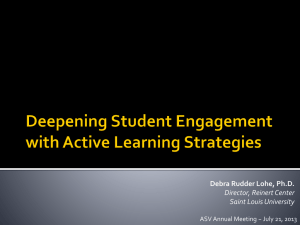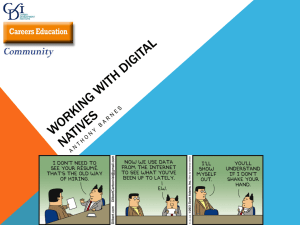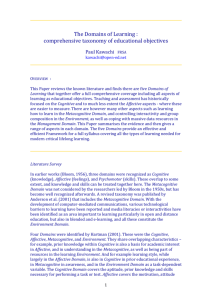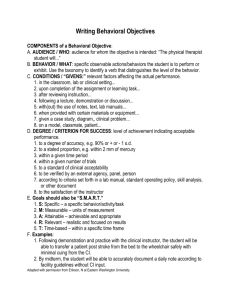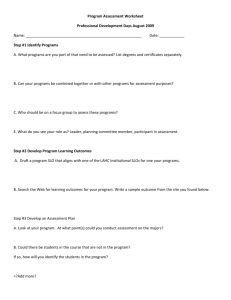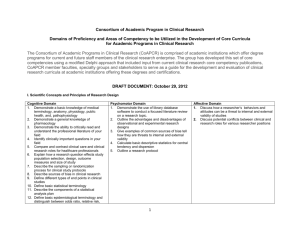Criteria 4.2 – 2013 Blooms Taxonomy all 3 domains
advertisement
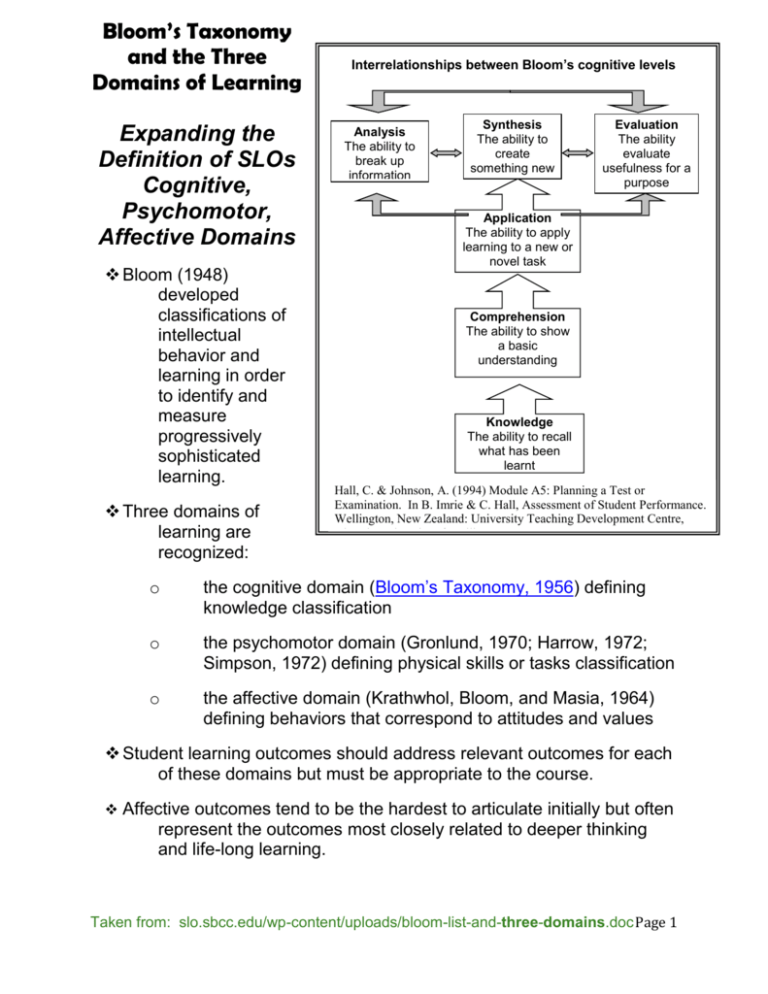
Bloom’s Taxonomy and the Three Domains of Learning Expanding the Definition of SLOs Cognitive, Psychomotor, Affective Domains Bloom (1948) developed classifications of intellectual behavior and learning in order to identify and measure progressively sophisticated learning. Three domains of learning are recognized: Interrelationships between Bloom’s cognitive levels Analysis The ability to break up information logically Synthesis The ability to create something new Evaluation The ability evaluate usefulness for a purpose Application The ability to apply learning to a new or novel task Comprehension The ability to show a basic understanding Knowledge The ability to recall what has been learnt Hall, C. & Johnson, A. (1994) Module A5: Planning a Test or Examination. In B. Imrie & C. Hall, Assessment of Student Performance. Wellington, New Zealand: University Teaching Development Centre, Victoria University of Wellington. o the cognitive domain (Bloom’s Taxonomy, 1956) defining knowledge classification o the psychomotor domain (Gronlund, 1970; Harrow, 1972; Simpson, 1972) defining physical skills or tasks classification o the affective domain (Krathwhol, Bloom, and Masia, 1964) defining behaviors that correspond to attitudes and values Student learning outcomes should address relevant outcomes for each of these domains but must be appropriate to the course. Affective outcomes tend to be the hardest to articulate initially but often represent the outcomes most closely related to deeper thinking and life-long learning. Taken from: slo.sbcc.edu/wp-content/uploads/bloom-list-and-three-domains.doc Page 1 Cognitive Domain Learning Outcomes Related To Knowledge Knowledge Comprehension Application Analysis Synthesis Evaluation Student remembers or recognizes information or specifics as communicated with little personal assimilation. Student grasps the meaning behind the information and interprets, translates, or comprehends the information. Student uses information to relate and apply it to a new situation with minimal instructor input. Student discriminates, organizes, and scrutinizes assumptions in an attempt to identify evidence for a conclusion. Student creatively applies knowledge and analysis to integrate concepts or construct an overall theory. Student judges or evaluates information based upon standards and criteria, values and opinions. Cite Label List Enumerate Identify Imitate Match Name Quote Recall Reproduce State Write Convert Define Describe Discuss Estimate Explain Generalize Identify Illustrate Locate Paraphrase Restate Summarize Apply Chart Compute Demonstrate Determine Dramatize Establish Make Manipulate Prepare Project Solve Use Analyze Compare Contrast Correlate Diagram Dissect Differentiate Distinguish Infer Investigate Limit Outline Separate Assemble Create Construct Design Develop Formulate Generate Hypothesize Initiate Invent Modify Reframe Synthesize Access Appraise Conclude Critique Decide Defend Diagnose Evaluate Judge Justify Rank Recommend Support Basic Knowledge Level More Sophisticated Higher Level Thinking Critical Thinking Taken from: slo.sbcc.edu/wp-content/uploads/bloom-list-and-three-domains.doc Page 2 Psychomotor Domain Learning Outcomes Related To Skills Observe Model Recognize Correct Standards Apply Coach Students translate sensory input into physical tasks or activities. Students are able to replicate a fundamental skill or task. Students recognize standards or criteria important to perform a skill or task correctly. Students use standards to evaluate their own performances and make corrections. Students apply this skill to real life situations. Students are able to instruct or train others to perform this skill in other situations. Hear Identify Observe See Smell Taste Touch Watch Attempt Copy Follow Imitate Mimic Model Reenact Repeat Reproduce Show Try Check Detect Discriminate Differentiate Distinguish Notice Perceive Recognize Select Adapt Adjust Alter Change Correct Customize Develop Improve Manipulate Modify Practice Revise Build Compose Construct Create Design Originate Produce Demonstrate Exhibit Illustrate Instruct Teach Train *Usually no outcomes or objectives written at this level. Basic Knowledge Basic Skills Level More Sophisticated Skills Higher Level Abilities Critical Understanding of Performance Taken from: slo.sbcc.edu/wp-content/uploads/bloom-list-and-three-domains.doc Page 3 Affective Domain Learning Outcomes Related To Attitudes, Behaviors, and Values Receiving Responding Valuing Organizing Characterizing Students become aware of an attitude, behavior, or value. Students exhibit a reaction or change as a result of exposure to an attitude, behavior, or value. Students recognize value and display this through involvement or commitment. Students determine a new value or behavior as important or a priority. Students integrate consistent behavior as a naturalized value in spite of discomfort or cost. The value is recognized as a part of the person’s character. Accept Attend Describe Explain Locate Observe Realize Receive Recognize Behave Comply Cooperate Discuss Examine Follow Model Present Respond Show Studies Accept Adapt Balance Choose Differentiate Defend Influence Prefer Recognize Seek Value Adapt Adjust Alter Change Customize Develop Improve Manipulate Modify Practice Revise Authenticate Characterize Defend Display Embody Habituate Internalize Produce Represent Validate Verify Elementary Values and Behaviors Inherited Value System Egocentric View More Highly Developed Attitudes Well Thought-out Value System Higher Level Abilities to Identify and Articulate Others’ Values Taken from: slo.sbcc.edu/wp-content/uploads/bloom-list-and-three-domains.doc Page 4
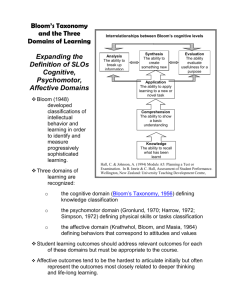
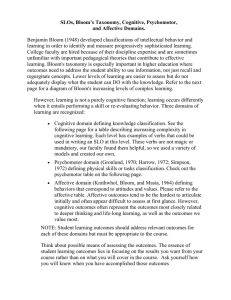
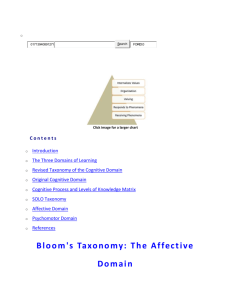
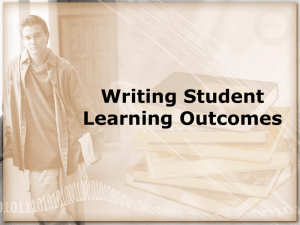
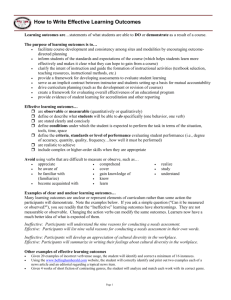
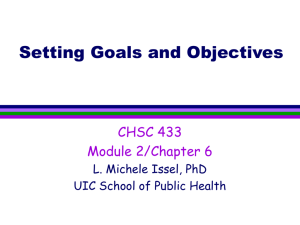
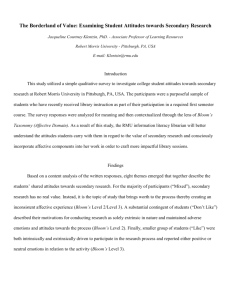
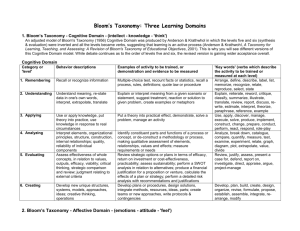

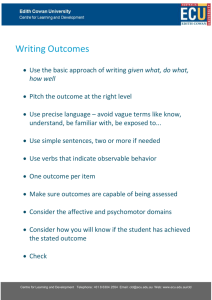
![2[<---Click on link] - socialstudiesguy.com](http://s2.studylib.net/store/data/005453708_1-895a35768b91cdab66a77df6b59f9930-300x300.png)
